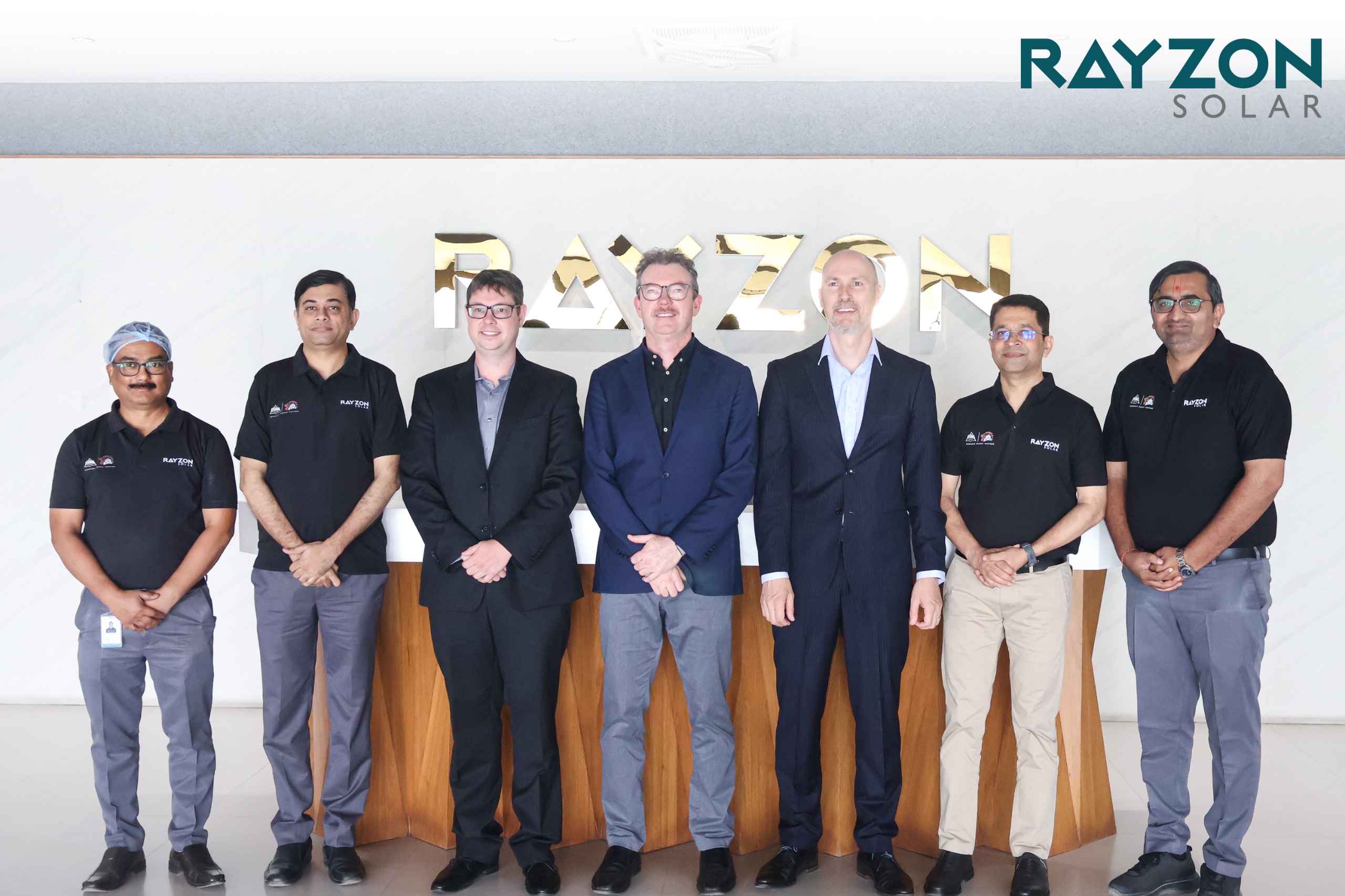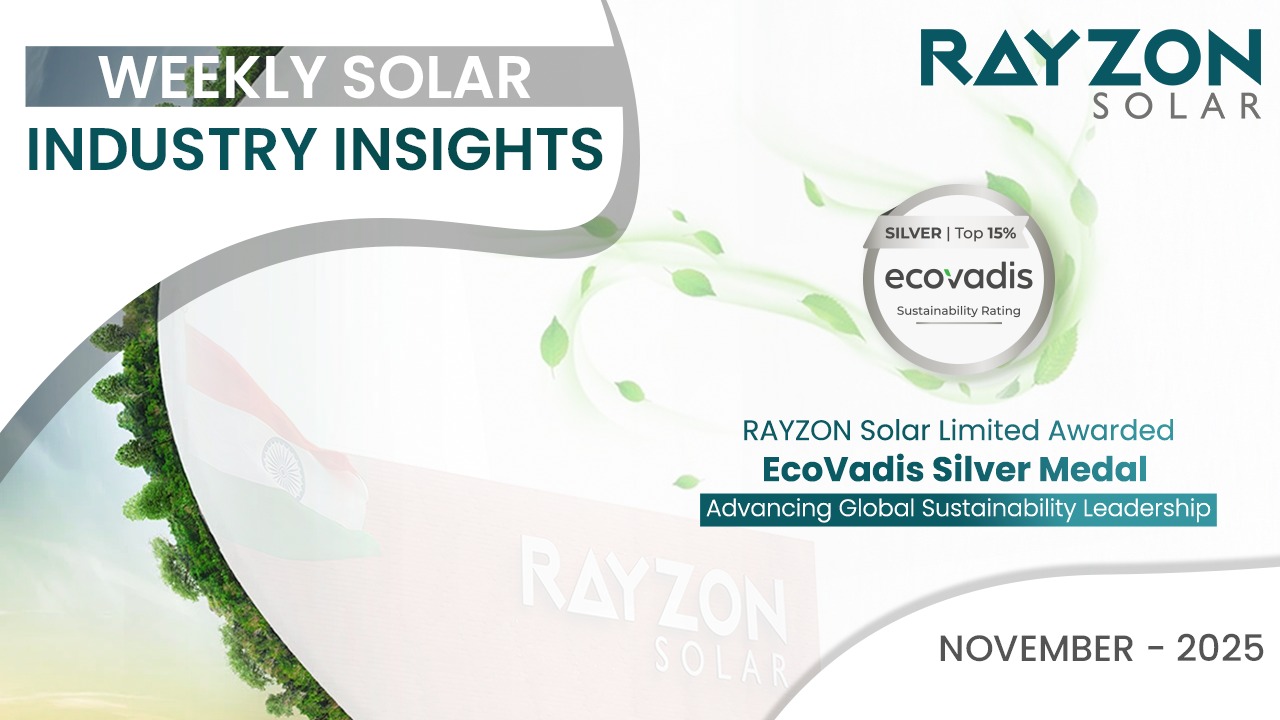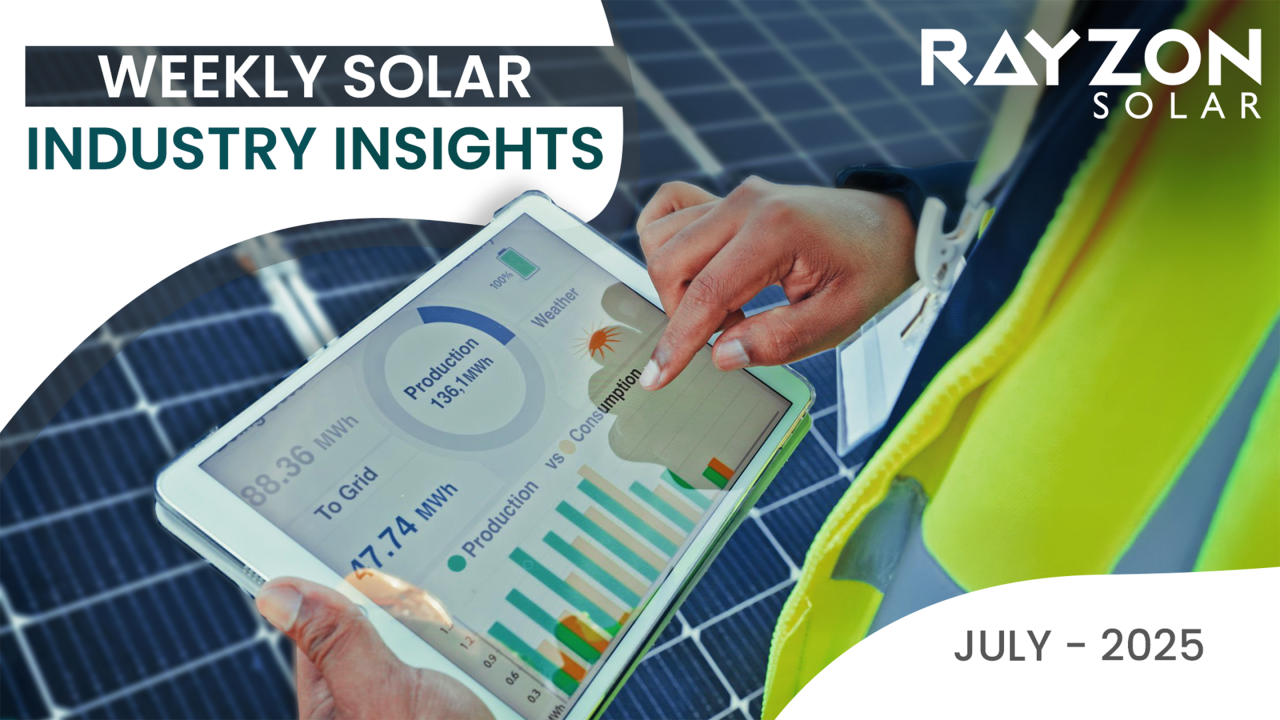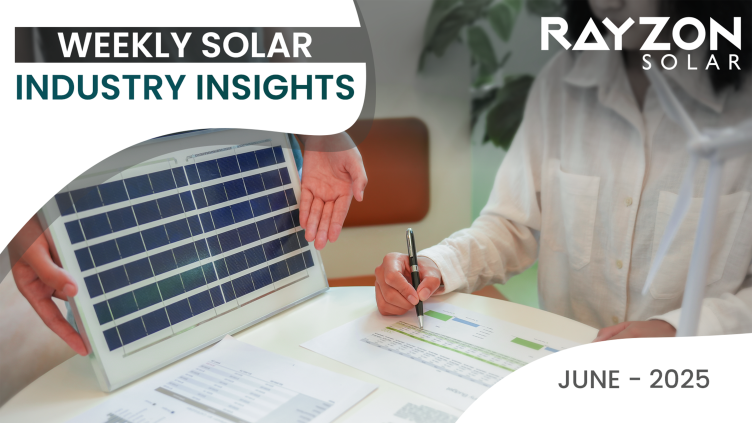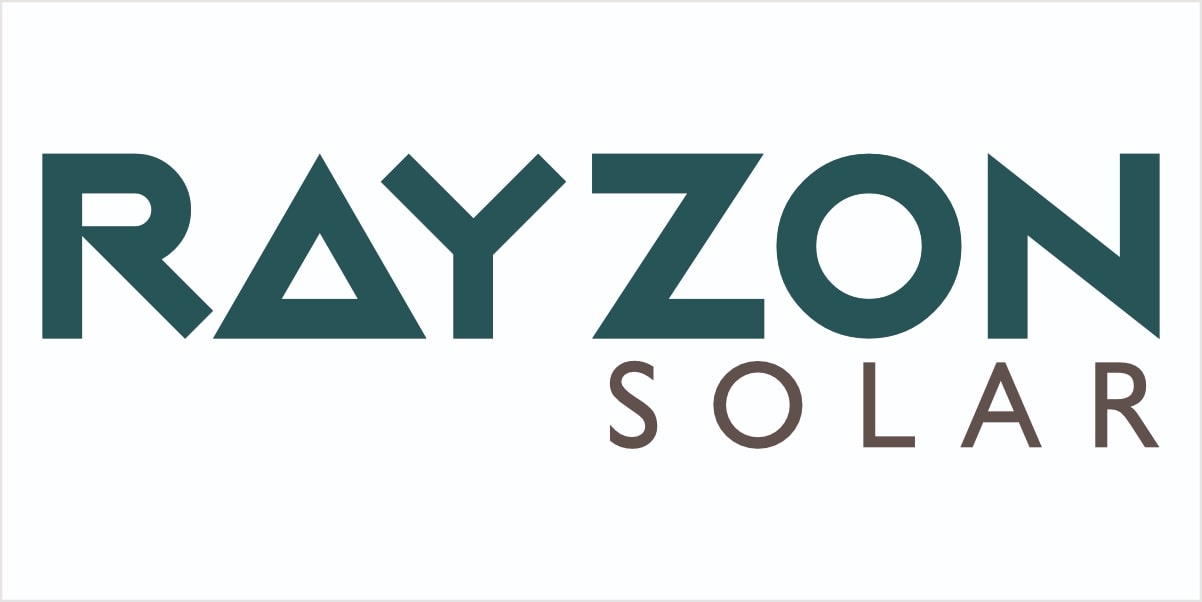
Weekly Solar Industry Insights: June 24 - June 30, 2024
Solar Deployment and Growth: The global solar PV market continues to expand rapidly, with expectations for 400 GW of new installations in 2024, growing to 590 GW by 2027. This growth is driven by utility-scale and distributed solar installations, which are becoming increasingly attractive due to high fuel and electricity prices. Distributed PV systems have seen a surge in adoption, especially in regions like China, Brazil, the US, and the EU (IEA).
Technological Advances: The solar industry is witnessing continuous innovation, particularly in crystalline silicon technology, which remains dominant. New, more efficient designs, such as Passivated Emitter and Rear Cell (PERC) and other advanced cell technologies like TOPCon and heterojunction, are gaining market share. These advancements are helping to improve the overall efficiency and performance of solar panels (IEA).
Manufacturing Capacity and Supply Chain: Global PV manufacturing capacity has significantly increased, with a notable concentration in China. Despite efforts to diversify the supply chain through industrial policies in the US, India, and the EU, China is expected to maintain a substantial share of global production capacity. This expansion is essential to meet the projected demand for solar PV in the coming years (IEA).
Policy Support and Market Dynamics: Strong policy support continues to be a critical driver for solar PV deployment. Various policy instruments, including auctions, feed-in tariffs, net metering, and contracts for difference, are helping to accelerate capacity growth. Recent legislative changes in countries like the US, China, and EU member states are enhancing the attractiveness and feasibility of solar projects (IEA).
Price Trends: The cost of PV systems and components continues to decline, making solar energy more accessible and affordable. Global polysilicon and module prices have reached record lows, contributing to the profitability of PV manufacturers despite price drops. The median reported price for distributed PV systems has seen slight decreases or increases depending on the system size and region.
Overall, the solar industry is on a robust growth trajectory, driven by technological innovation, increasing manufacturing capacity, supportive policies, and declining costs. These factors contribute to the widespread adoption and deployment of solar energy worldwide.
S𝘰𝘶𝘳𝘤𝘦 (𝘌𝘯𝘦𝘳𝘨𝘺.𝘨𝘰𝘷)
